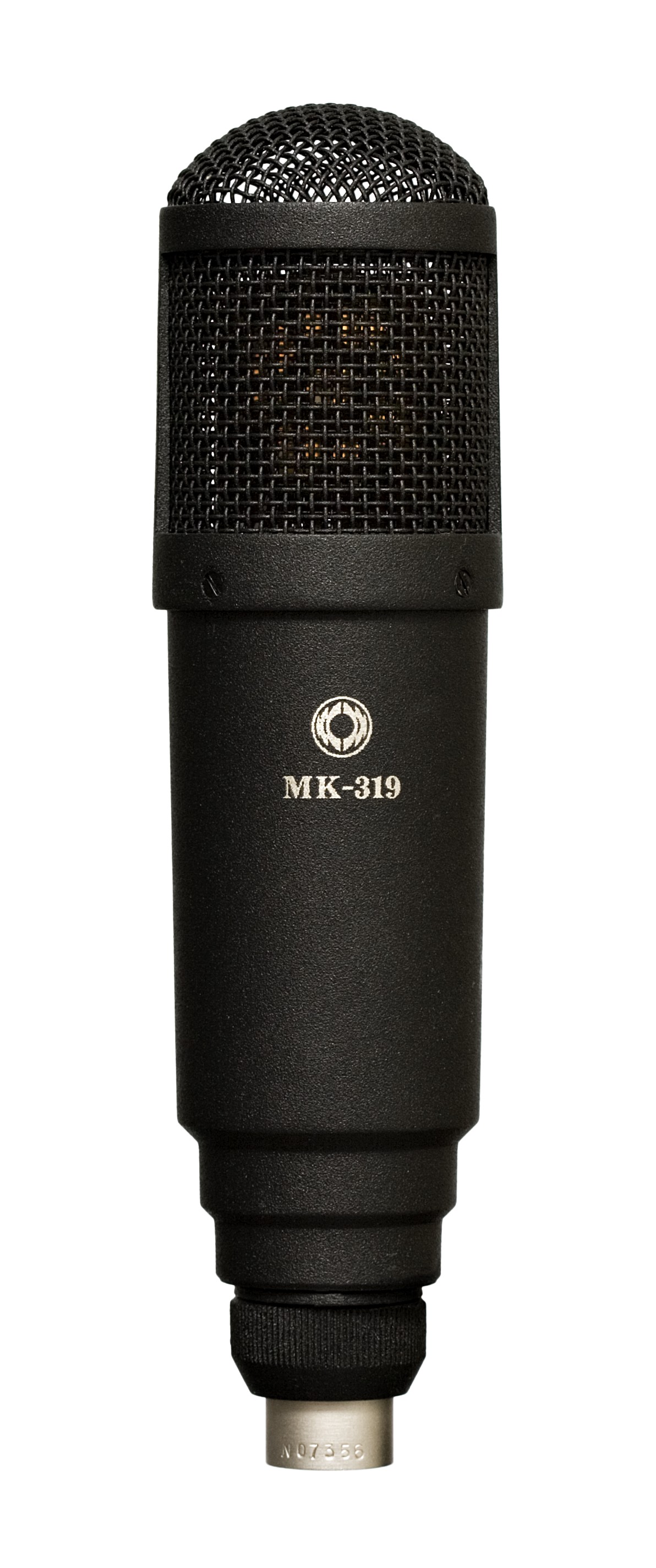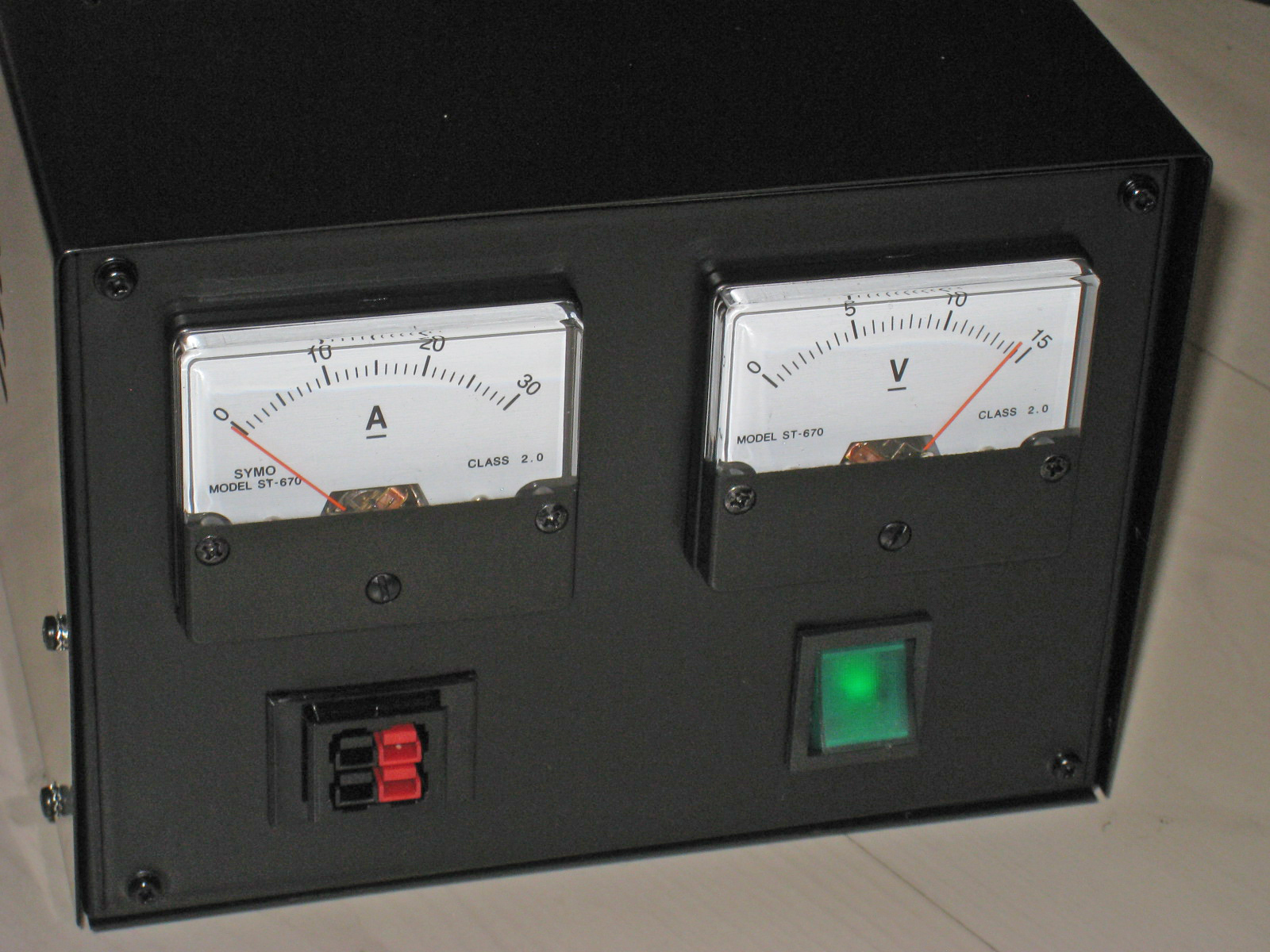|
Power-over-fiber
Power-over-fiber, or PoF, is a technology in which a fiber-optic cable carries optical power, which is used as an energy source rather than, or as well as, carrying data. This allows a device to be remotely powered, while providing electrical isolation between the device and the power supply. Such systems can be used to protect the power supply from dangerous voltages such as from lightning, or to prevent voltage from the supply from igniting explosives. Power over fiber may also be useful in applications or environments where it is important to avoid the electromagnetic fields created by electricity flowing through copper wire, such as around delicate sensors or in sensitive military applications. See also * Phantom power * Power over Ethernet Power over Ethernet (PoE) describes any of several technical standard, standards or ad hoc systems that pass electric power along with data on twisted-pair Ethernet cabling. This allows a single cable to provide both a data connect ... [...More Info...] [...Related Items...] OR: [Wikipedia] [Google] [Baidu] |
Fiber-optic Cable
A fiber-optic cable, also known as an optical-fiber cable, is an assembly similar to an electrical cable but containing one or more optical fibers that are used to carry light. The optical fiber elements are typically individually coated with plastic layers and contained in a protective tube suitable for the environment where the cable is used. Different types of cable are used for fiber-optic communication in different applications, for example long-distance telecommunication or providing a high-speed data connection between different parts of a building. Design Optical fiber consists of a core and a cladding layer, selected for total internal reflection due to the difference in the refractive index between the two. In practical fibers, the cladding is usually coated with a layer of acrylate polymer or polyimide. This coating protects the fiber from damage but does not contribute to its optical waveguide properties. Individual coated fibers (or fibers formed into ribbons or ... [...More Info...] [...Related Items...] OR: [Wikipedia] [Google] [Baidu] |
Radiant Flux
In radiometry, radiant flux or radiant power is the radiant energy emitted, reflected, transmitted, or received per unit time, and spectral flux or spectral power is the radiant flux per unit frequency or wavelength, depending on whether the spectrum is taken as a function of frequency or of wavelength. The SI unit of radiant flux is the watt (W), one joule per second (), while that of spectral flux in frequency is the watt per hertz () and that of spectral flux in wavelength is the watt per metre ()—commonly the watt per nanometre (). Mathematical definitions Radiant flux Radiant flux, denoted ('e' for "energetic", to avoid confusion with photometric quantities), is defined as \begin \Phi_\mathrm &= \frac \\ ptQ_\mathrm &= \int_ \int_ \mathbf\cdot \hat\mathbf\, dA dt \end where * is the time; * is the radiant energy passing out of a closed surface ; * is the Poynting vector, representing the current density of radiant energy; * is the normal vector of a point on ; * ... [...More Info...] [...Related Items...] OR: [Wikipedia] [Google] [Baidu] |
Electrical Isolation
Galvanic isolation is a principle of isolating functional sections of electrical systems to prevent current flow; no direct conduction path is permitted. Energy or information can still be exchanged between the sections by other means, such as Capacitance, capacitive, Electromagnetic induction, inductive, Electromagnetic radiation, radiative, Opto-isolator, optical, Acoustic coupler, acoustic, or mechanical coupling. Galvanic isolation is used where two or more electric circuits must communicate, but their ground (electricity), grounds may be at different Electric potential, potentials. It is an effective method of breaking Ground loop (electricity), ground loops by preventing unwanted current from flowing between two units sharing a ground Electrical conductor, conductor. Galvanic isolation is also used for safety, preventing accidental electric shocks. Methods Transformer Transformers are probably the most common means of galvanic isolation. They are almost universally ... [...More Info...] [...Related Items...] OR: [Wikipedia] [Google] [Baidu] |
Lightning
Lightning is a natural phenomenon consisting of electrostatic discharges occurring through the atmosphere between two electrically charged regions. One or both regions are within the atmosphere, with the second region sometimes occurring on the land, ground. Following the lightning, the regions become partially or wholly electrically neutralized. Lightning involves a near-instantaneous release of energy on a scale averaging between 200 megajoules and 7 gigajoules. The air around the lightning flash rapidly heats to temperatures of about . There is an emission of electromagnetic radiation across a wide range of wavelengths, some visible as a bright flash. Lightning also causes thunder, a sound from the shock wave which develops as heated gases in the vicinity of the discharge experience a sudden increase in pressure. The most common occurrence of a lightning event is known as a thunderstorm, though they can also commonly occur in other types of energetic weather systems, such ... [...More Info...] [...Related Items...] OR: [Wikipedia] [Google] [Baidu] |
Explosives
An explosive (or explosive material) is a reactive substance that contains a great amount of potential energy that can produce an explosion if released suddenly, usually accompanied by the production of light, heat, sound, and pressure. An explosive charge is a measured quantity of explosive material, which may either be composed solely of one ingredient or be a mixture containing at least two substances. The potential energy stored in an explosive material may, for example, be: * chemical energy, such as nitroglycerin or Dust explosion, grain dust * pressure, pressurized gas compressor, gas, such as a gas cylinder, aerosol can, or boiling liquid expanding vapor explosion * nuclear weapon, nuclear energy, such as in the fissile isotopes uranium-235 and plutonium-239 Explosive materials may be categorized by the speed at which they expand. Materials that detonate (the front of the chemical reaction moves faster through the material than the speed of sound) are said to be "high ... [...More Info...] [...Related Items...] OR: [Wikipedia] [Google] [Baidu] |
Phantom Power
Phantom power, in the context of Professional audio, professional audio equipment, is Direct current, DC electric power equally applied to both signal wires in Balanced line, balanced microphone cables, forming a phantom circuit, to power microphones that contain active electronic circuitry. It is best known as a convenient power source for condenser microphones, though many active DI unit, direct boxes also use it. The technique is also used in other applications where power supply and signal communication take place over the same wires. Phantom power supplies are often built into mixing consoles, microphone preamplifiers and similar equipment. In addition to powering the circuitry of a microphone, traditional condenser microphones also use phantom power for polarizing the microphone's transducer element. History Phantom powering was first used for copper wire-based landline, telephone landlines since the introduction of the rotary dial telephone in 1919. One such applicat ... [...More Info...] [...Related Items...] OR: [Wikipedia] [Google] [Baidu] |
Power Over Ethernet
Power over Ethernet (PoE) describes any of several technical standard, standards or ad hoc systems that pass electric power along with data on twisted-pair Ethernet cabling. This allows a single cable to provide both a data connection and enough electricity to power networked devices such as wireless access points (WAPs), IP cameras and VoIP phones. Techniques There are several common techniques for transmitting power over Ethernet cabling, defined within the broader Institute of Electrical and Electronics Engineers (IEEE) IEEE 802.3, 802.3 standard since 2003. The three techniques are: *''Alternative A'', which uses the same two of the four Balanced line, signal pairs that 10BASE-T and 100BASE-TX use for data in typical Cat 5, Cat 5 cabling. *''Alternative B'', which separates the data and the power conductors for 10BASE-T/100BASE-TX, making troubleshooting easier. *''4PPoE'', which uses all four twisted pairs in parallel, increasing the achievable power. ''Alterna ... [...More Info...] [...Related Items...] OR: [Wikipedia] [Google] [Baidu] |
Networking Hardware
Networking hardware, also known as network equipment or computer networking devices, are electronic devices that are required for communication and interaction between devices on a computer network. Specifically, they mediate data transmission in a computer network.IEEE 802.3-2012 Clause 9.1 Units which are the last receiver or generate data are called hosts, end systems or data terminal equipment. Range Networking devices include a broad range of equipment classified as core network components that interconnect other network components, hybrid components that can be found in the core or border of a network, and hardware or software components that typically sit on the connection point of different networks. One of the most common types of networking hardware today is a copper-based Ethernet adapter, which is a standard inclusion on most modern computer systems. Wireless networking has become increasingly popular, especially for portable and handheld devices. Other networking ... [...More Info...] [...Related Items...] OR: [Wikipedia] [Google] [Baidu] |
Network Appliances
Network, networking and networked may refer to: Science and technology * Network theory, the study of graphs as a representation of relations between discrete objects * Network science, an academic field that studies complex networks Mathematics * Networks, a graph with attributes studied in network theory ** Scale-free network, a network whose degree distribution follows a power law ** Small-world network, a mathematical graph in which most nodes are not neighbors, but have neighbors in common * Flow network, a directed graph where each edge has a capacity and each edge receives a flow Biology * Biological network, any network that applies to biological systems * Ecological network, a representation of interacting species in an ecosystem * Neural network, a network or circuit of neurons Technology and communication * Artificial neural network, a computing system inspired by animal brains * Broadcast network, radio stations, television stations, or other electronic media outlet ... [...More Info...] [...Related Items...] OR: [Wikipedia] [Google] [Baidu] |
Electric Power
Electric power is the rate of transfer of electrical energy within a electric circuit, circuit. Its SI unit is the watt, the general unit of power (physics), power, defined as one joule per second. Standard prefixes apply to watts as with other SI units: thousands, millions and billions of watts are called kilowatts, megawatts and gigawatts respectively. In common parlance, electric power is the production and delivery of electrical energy, an essential public utility in much of the world. Electric power is usually produced by electric generators, but can also be supplied by sources such as Electric battery, electric batteries. It is usually supplied to businesses and homes (as domestic mains electricity) by the electric power industry through an electrical grid. Electric power can be delivered over long distances by electric power transmission, transmission lines and used for applications such as Electric motor, motion, Electric light, light or Electric heat, heat with high ... [...More Info...] [...Related Items...] OR: [Wikipedia] [Google] [Baidu] |
Power Supplies
A power supply is an electrical device that supplies electric power to an electrical load. The main purpose of a power supply is to convert electric current from a source to the correct voltage, current, and frequency to power the load. As a result, power supplies are sometimes referred to as electric power converters. Some power supplies are separate standalone pieces of equipment, while others are built into the load appliances that they power. Examples of the latter include power supplies found in desktop computers and consumer electronics devices. Other functions that power supplies may perform include limiting the current drawn by the load to safe levels, shutting off the current in the event of an electrical fault, power conditioning to prevent electronic noise or voltage surges on the input from reaching the load, power-factor correction, and storing energy so it can continue to power the load in the event of a temporary interruption in the source power (uninterruptible ... [...More Info...] [...Related Items...] OR: [Wikipedia] [Google] [Baidu] |




